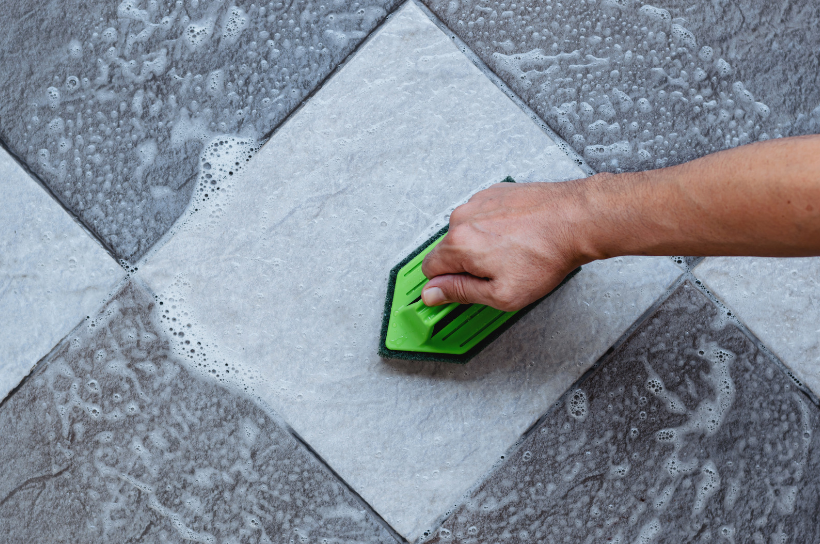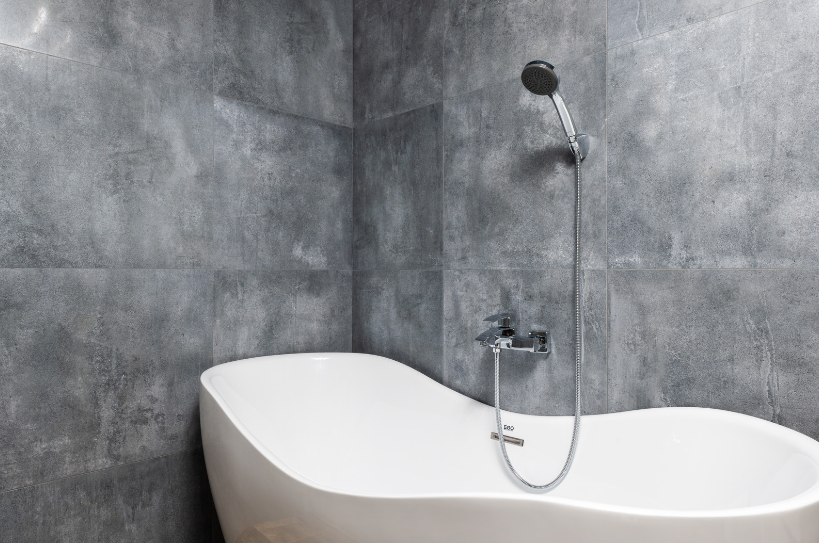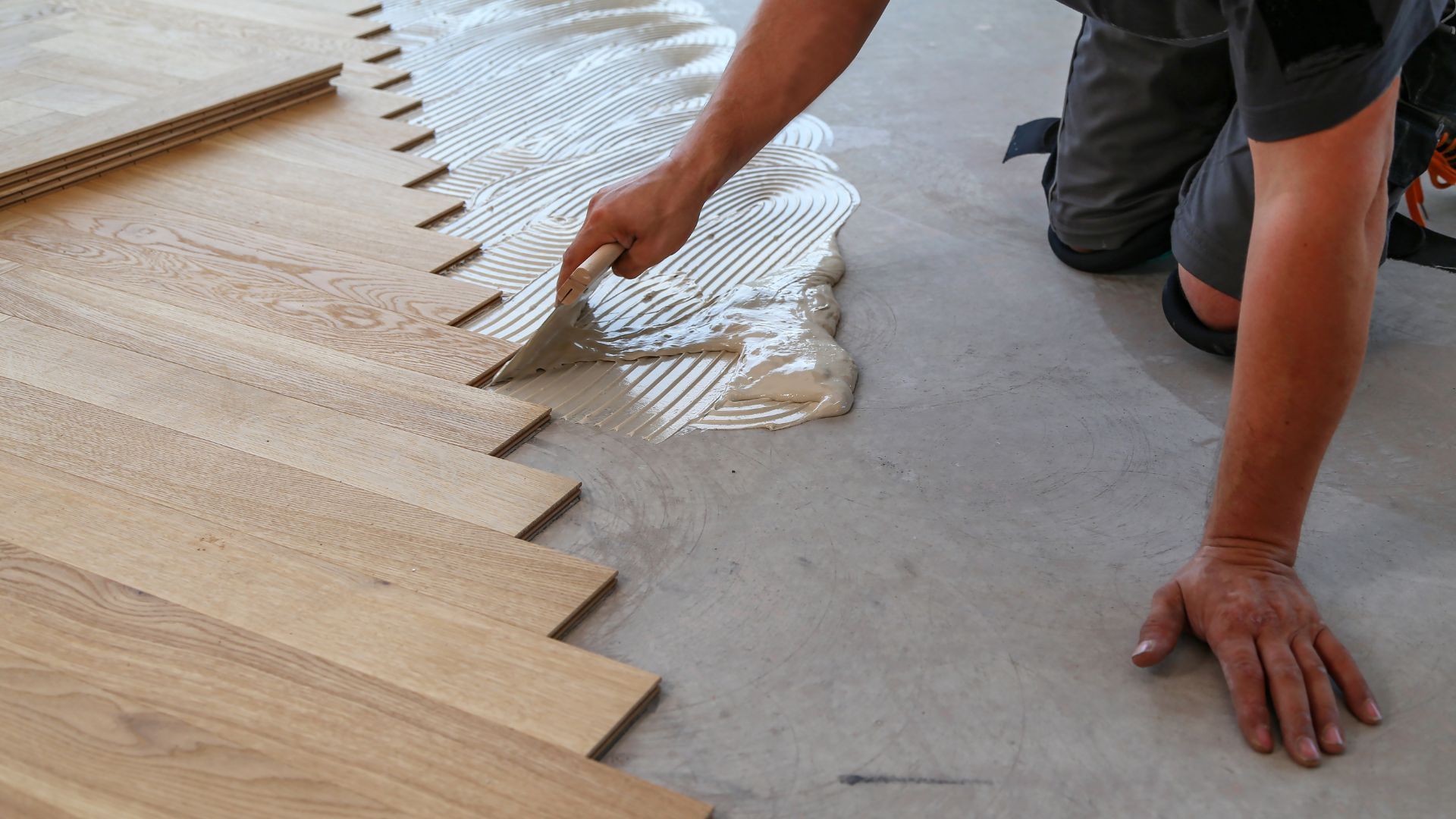Does Solid Wood Flooring need Underlay?
If you are considering the installation of a new wood flooring system in your space, you might have a lot of questions regarding the best steps and practices. One of the most common questions asked during a solid wood flooring installation is whether or not an underlay is required. Although underlay is not explicitly required with solid wood flooring, there are a number of benefits that come from setting a foundation before wood flooring installation. The following benefits are just a few you should consider when deciding whether to include underlay with a wood floor.
Added Moisture Barrier
When it comes to wood flooring, water can pose one of the most serious risks for damaging the wood material. When wood is exposed to water or humidity, it risks damage from warping, cracking, and rotting. By including an underlay, a thin layer will be provided to offer a barrier between the wood flooring planks and water that can rise from below. It is always a good idea to add a layer between wood flooring and any foundation that has a risk of moisture.
Increase Insulation
Although there are many benefits to a solid wood flooring system, one of the downfalls is that the wood can get quite cold in certain months. Because wood floors often absorb the cool temperatures from the foundation underneath, an underlay can be an excellent way to provide a barrier between each material. This underlay can not only keep the cold away, but it can also lock in the heat from your home that is exposed to wood flooring.
Improved Cushioning
One of the key benefits to adding an underlay under a solid wood flooring system is the increased feel of cushioning when walking. Although solid wood floors are durable and strong by nature, the added underlay offers more support to joints and feet when the wood floors are frequently walked on. The underlay allows the wood to move with the walking motion, absorbing a lot of the movement that would otherwise feel harsh without an underlay.
Heightened Support
Because wood is a material that naturally expands and contracts with varying temperatures, an underlay can act as an important feature for offering stability and support. With an underlay, the wood floor is less likely to warp with a base that it can attach to. Installing an underlay beneath the wood floor can also increase its longevity and create a more durable flooring system, compared to if the solid wood was floating above the foundation.
Although an underlay is not absolutely required with a solid wood flooring installation, it has a number of benefits that should be highly considered when making the decision. As an added layer of protection and support, the underlay is a popular choice for many who choose a solid wood following system. Most experts would recommend an underlay in addition to a
solid wood floor due to the increased functionality and longevity that it offers.
You might also like
Tiling Halifax Murphy's Blog



